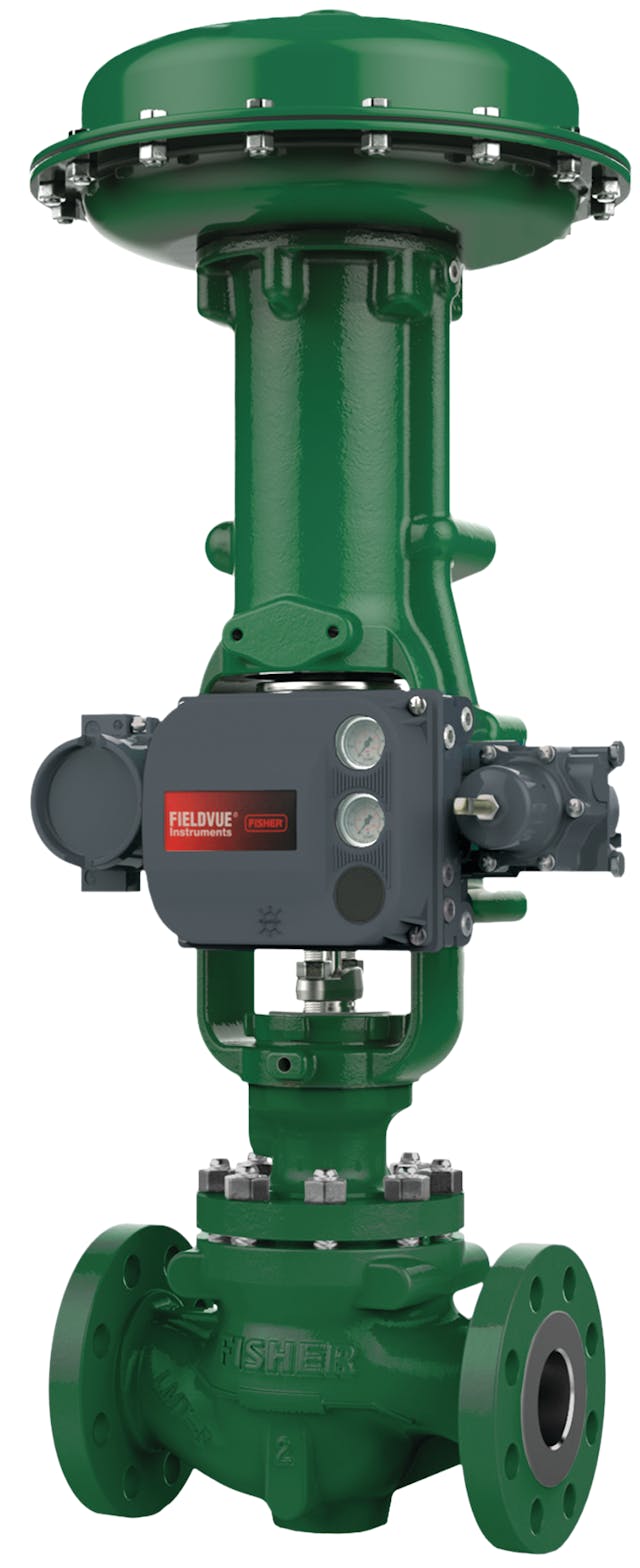Efficient Control Valves: Secret Elements for Efficient System Administration
Efficient Control Valves: Secret Elements for Efficient System Administration
Blog Article

Maximize Energy Financial Savings and Convenience With Advanced Structure Automation Controls
In the realm of contemporary style and facility administration, the integration of sophisticated structure automation controls stands as a pivotal advancement. By taking advantage of the power of automation, buildings can adapt, react, and develop in means that were when inconceivable.
Power Efficiency Conveniences
Energy performance advantages can dramatically minimize power consumption and functional costs in buildings. By applying energy-efficient methods and technologies, structure owners and operators can accomplish substantial financial savings while likewise adding to ecological sustainability. One of the key advantages of enhancing power effectiveness in structures is the reduction of energy expenses. Energy-efficient systems, such as advanced building automation controls, can maximize the usage of sources like home heating, lights, and air conditioning, bring about lower energy expenses in time.
In addition, enhanced energy performance can prolong the life-span of building devices and systems. By running much more successfully, HVAC systems, light, and other structure elements experience much less deterioration, resulting in minimized maintenance and replacement prices. Furthermore, energy-efficient structures commonly command greater property values and rental prices, offering long-lasting financial advantages to owners.
Moreover, energy performance can enhance passenger convenience and efficiency. Effectively controlled interior environments with ideal lights and thermal problems create a more favorable and positive workspace, resulting in enhanced staff member fulfillment and efficiency. Overall, the energy effectiveness advantages connected with advanced building automation controls are multifaceted, including expense financial savings, ecological stewardship, and occupant well-being.
Improved Convenience Control
Enhancing comfort control in structure atmospheres requires an innovative combination of advanced automation systems for optimum resident well-being. By making use of sophisticated structure automation controls, centers can tailor the interior atmosphere to meet the details demands and choices of owners. control valves.
By incorporating these innovative controls, structures can not only improve comfort but likewise enhance energy effectiveness by maximizing system procedures based on real tenancy and use patterns. Inevitably, prioritizing occupant convenience through advanced automation systems leads to a more pleasurable and healthier indoor environment.
Operational Efficiency Improvements

Moreover, the application of real-time monitoring and analytics devices allows building drivers to determine power inefficiencies and functional anomalies quickly. By continuously keeping track of energy use patterns and system efficiency metrics, changes can be made in real-time to maximize energy usage and guarantee peak operational efficiency. control valves. Additionally, incorporating need feedback methods into building automation controls can further boost functional performance by dynamically changing energy usage based upon grid conditions and pricing signals
Indoor Environment Optimization
Reliable interior climate optimization is an essential aspect of building automation controls, making sure residents' comfort and well-being while maximizing power savings. By making use of innovative sensors and controls, constructing automation systems can continually change and monitor temperature level, humidity levels, air quality, and ventilation to create an optimal indoor atmosphere. Maintaining consistent and comfy problems not only enhances occupant contentment but also boosts productivity and overall health.
Interior environment optimization additionally plays an essential role in energy efficiency. By fine-tuning ventilation, home heating, and air conditioning systems based upon real-time information and tenancy patterns, constructing automation controls can considerably minimize power intake - control valves. For example, carrying out strategies such as demand-controlled air flow and thermal zoning can assist reduce energy waste while making sure that each area of the structure receives the necessary conditioning.

Sustainable Environment Production
Structure automation controls not just optimize interior climate problems for energy efficiency and owner comfort but additionally lay the structure for producing a sustainable atmosphere through critical management of sources and systems. By integrating innovative building automation modern technologies, such as sensors, actuators, and intelligent software, facilities can change and monitor energy use in real-time to decrease waste and decrease their carbon impact. These systems make it possible for anticipating maintenance, recognizing potential issues before they intensify and maximizing equipment performance to improve long life and efficiency.
Furthermore, lasting setting production extends beyond energy administration to incorporate water conservation, waste reduction, and interior air quality improvement. Building automation controls can control water usage, find leakages, and make certain proper waste disposal practices, contributing to overall sustainability efforts. Additionally, by checking and regulating air flow and purification systems, these innovations improve owner health and wellness and efficiency while reducing energy consumption connected with heating and cooling operations.
Conclusion
Finally, progressed structure automation manages offer significant benefits in regards to energy cost savings, comfort control, functional performance, interior climate optimization, and creating a sustainable setting. By applying these controls, structures can achieve optimum efficiency while minimizing energy intake and enhancing read the article resident comfort. It is apparent that making use of innovative automation innovation is important in enhancing structure performance and creating a much more sustainable future.
Power performance benefits can significantly lower energy intake and operational prices in buildings. On the whole, the energy performance benefits linked with advanced structure automation go to my blog controls are multifaceted, including cost savings, ecological stewardship, and resident health.
In addition, integrating demand action approaches right into structure automation controls can further enhance operational efficiency by dynamically adjusting energy use based on grid problems and rates signals.
Structure automation regulates not just maximize interior climate conditions for energy effectiveness and passenger convenience however additionally lay the structure for developing a lasting atmosphere with calculated administration of resources and systems.In conclusion, progressed structure automation manages offer significant advantages in terms of power cost savings, comfort control, operational performance, interior environment optimization, and producing a sustainable environment.
Report this page